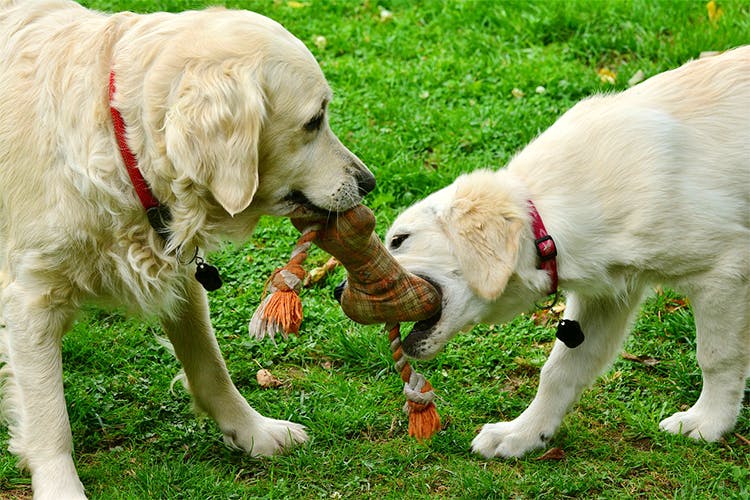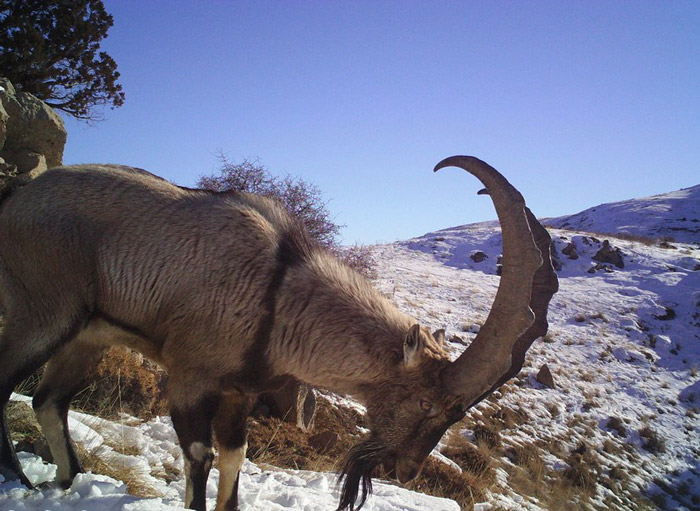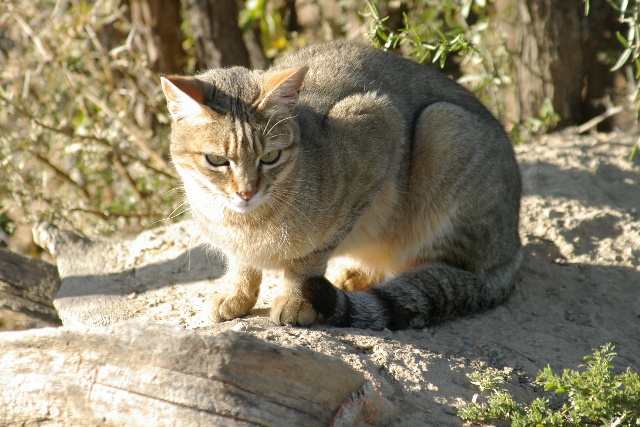6 Domestic Animals and Their Wild Ancestors
The restraining of wild animals, beginning with the canine , seriously influenced human progression. These creatures, and the security, sustenance, clothing, and work they gave were key factors that empowered our vagrant ancestors to outline immutable settlements. Despite the way that to various urbanites creatures are as evacuated a bit of reality as bluegrass music, without them, individuals would never have had the choice to shape urban regions in any way shape or form. Examine the animals that offered rise to a few of our present animal mates.
Diminish wolf

The diminish wolf (Canis lupus) is thought by most analysts to have offered climb to the private pooch, a key event in the progression of our species that may have occurred as on schedule as 32,000 years earlier and completely by 14,000 years back. A couple of analysts, regardless, have set, in view of different morphological complexities among canines and wolves, that pooches may truly be dropped from an ended wild forerunner that likely took after contemporary untouchable mutts and dingoes. Whatever its underlying foundations, the pooch was the essential animal to be prepared by early individuals.
Nearby pooch

A smooth-coat Chihuahua wearing pieces of clothing. The humblest saw pooch breed, named for the Mexican domain of Chihuahua. (toy dogs little mutts hurt overbreeding inalienable blemishes)
Millenia of little guy love has made more than 400 kinds of nearby canine (Canis lupus familiaris), running from the wolfish, generous Siberian forcing to the shrieking, guinea-pig neighboring chihuahua. Research on the reason for pooches, and on their stand-out, sympatric relationship with individuals, is advancing. By and by if someone would simply understand why LOLCats have such an edge over near canine pictures...
Bezoar

ibex. Bezoar Ibex (Capra hircus aegagrus) wild goat (Capra aegagrus)with twisted horns in the family Bovidae (demand Artiodactyla). Male, female has no stripe. warm-blooded animal
The second sorts of a wild animal to be explicitly repeated by individuals was the bezoar, or wild goat (Capra aegagrus). These spry, wiry ungulates presumably won't show up the best plausibility for restraining at originally turned out to be flushed, anyway their ability to change sparse vegetation into covers, meat, and milk likely attempted worth the while to pioneers of the Fertile Crescent, who recently raised them as on schedule as 11,000 years back. Times of forlorn goatherds pursued.
Private goat

There are at present more than 200 kinds of private goat (Capra aegagrus hircus). From minor miniatures raised as pets to the silken cashmere goats whose coats are woven into unrestrained materials to around 300-pound animals replicated for meat, all in a rainbow of tints and precedents, the physical nice assortment of the family goat approaches that of the canine. Odelay hee hoo!
The mouflon (Ovis Orientalis) was the accompanying focal point of the sharp agrarians of the Fertile Crescent. Someplace in the scope of 10,000 years earlier, a couple of sub-sorts of this wild sheep were pulled down from the mountains, their relatives bound to be changed into rough precursors of the Ugg boot and shearling coat—if that isn't a repetition. Downy conveying arrangements did not appear until a couple of thousand years afterward, as to affirm by the degree of bones having a spot with young animals at progressively settled archeological regions, which showed early butcher for spreads up and meat instead of whole deal wool age.
Neighborhood sheep

Sheep in pen on the property in New Zealand. (ranch, animal, sheep, gathering, corral, wool)
There are roughly 200 sorts of neighborhood sheep (Ovis aries), running from considerable wool producers that will overheat and pass on if not routinely shorn, to smooth, goat-like tropical collections. Despite the way that the sheep's gathering behavior has made it synonymous with indiscreet tractability, some have indicated critical learning, including name affirmation. Think about that at whatever point you slide your tootsies into a particular Australian brand of footwear.
Wild pig

Around 9,000 years back, someone had the boldness to capture a horde of disturbing wild hoards (Sus scrofa), likely some spot in present-day Turkey. In all likelihood, Chinese and European wild hoards were subdued autonomously. Whatever their provenance, their antecedents were condemned to subsistence on human offal; pigs consistently wound the roads of old towns, gobbling up the decline and changing it into viably open meat.
Charitable shocking, look at them now! The surly wild hoard has been shaped into almost 70 kinds of the private pig (Sus scrofa domesticus), from the expeditiously obvious pink swine—à la Wilbur—to bristly, massive land breeds—neighborhood animals that have created to suit the conditions where they are found. Among the most maligned of family unit animals, pigs are regardless extremely sharp, and, if late restorative advances are any sign, they may create you another heart—you know, to override the one you halted up with bacon fat.
Wild horse

The wild horse (Equus ferus) was likely prepared someplace in the scope of 6,000 years back in what is by and by Ukraine and Kazakhstan. Early private steeds were depleted and eaten similarly as used for transportation, practices fundamentally outlined in dream maker George R.R. Martin's A Song of Ice and Fire course of action. (Unrefined horse heart, anyone?) The progenitor of the steed as we presumably are mindful it never again exists in the wild, anyway it likely resembled the related Przewalski's steed (Equus przewalskii).
An Icelandic steed moving rapidly at the tolt, a smooth four-beat, flat running walk.
There are in excess of 200 sorts of steed (Equus caballus), similarly as hundreds continuously close-by varieties unrecognized by replicating associations. Notwithstanding the way that the accomplishment of motion pictures like Seabiscuit and War Horse vouch for the continued with the valorization of the equine when adored as an awesome being or goddess in specific social orders, horse meat is still by and large eat up. In 2013, a vital shock launched out when a European processor mislabeled steed meat like a burger, instigating various associations to survey things that contained it.
African wildcat
African wildcat (Felis Libya); in like manner called caffre catlike or Egyptian wildcat. Nossob riverbed, Kalahari desert, South Africa.
The African wildcat (Felis silvestris lybica) is seen as the forebear of each and every nearby catlike, with some verification showing likely some component of subduing as on schedule as 9,500 years back in Cyprus. One archeological battle in China found cat bones dating to 5,300 years earlier. They were totally prepared in Egypt someplace in the scope of 4,000 years back, likely from animals dismantled into the mice that tormented grain storerooms.
The International Cat Association sees in excess of 50 kinds of nearby catlike (Felis silvestris catus); most national breed affiliations see less. Regardless of the way that cats touch base in an average assortment of tints, body structures, and conceal types, everything aside from a couple is just slid from the African wildcat. A bundle, for instance, the Bengal, Chausie, and Ocicat, regardless, came about as a result of out-crosses to various other minimal wild cat species. They have since been backcrossed to other neighborhood breeds and been picked for quiet mien over various ages.
